Week 5
3D Design and Printing
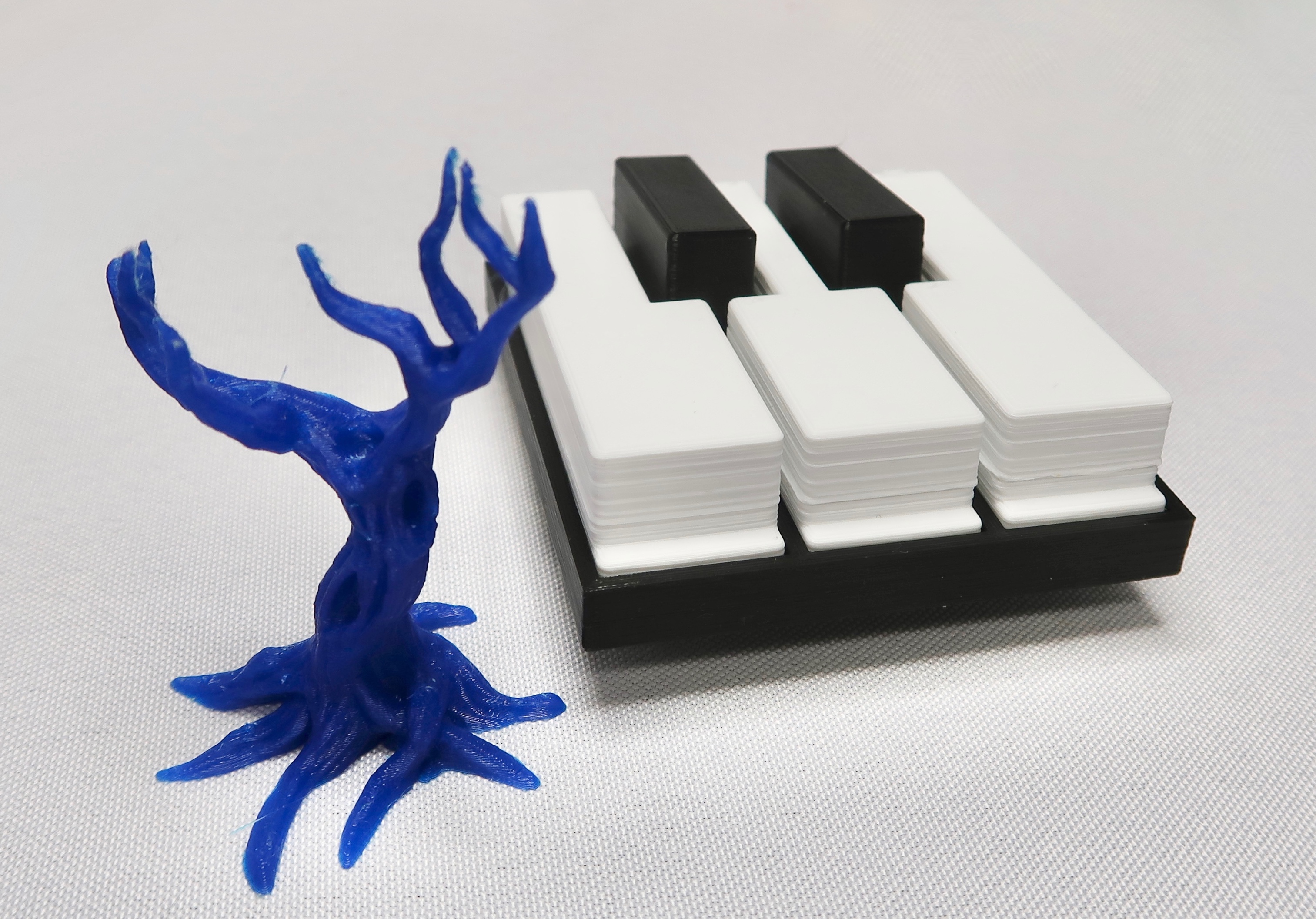
3D Printed Tree and Piano
Intro to 3D Printing
Prior to this week, I'd never designed and 3D printed anything from scratch before. To get accustomed to the process, I found a small STL file of tree on Thingiverse for practice. I used Prusa Slicer Software to prepare the file to be printed using the MK3S model printer in the shop. The final printed tree was 4 cm tall with a nice wood-like texture. Practically, I could use this print as a rack for small jewelry such as rings.
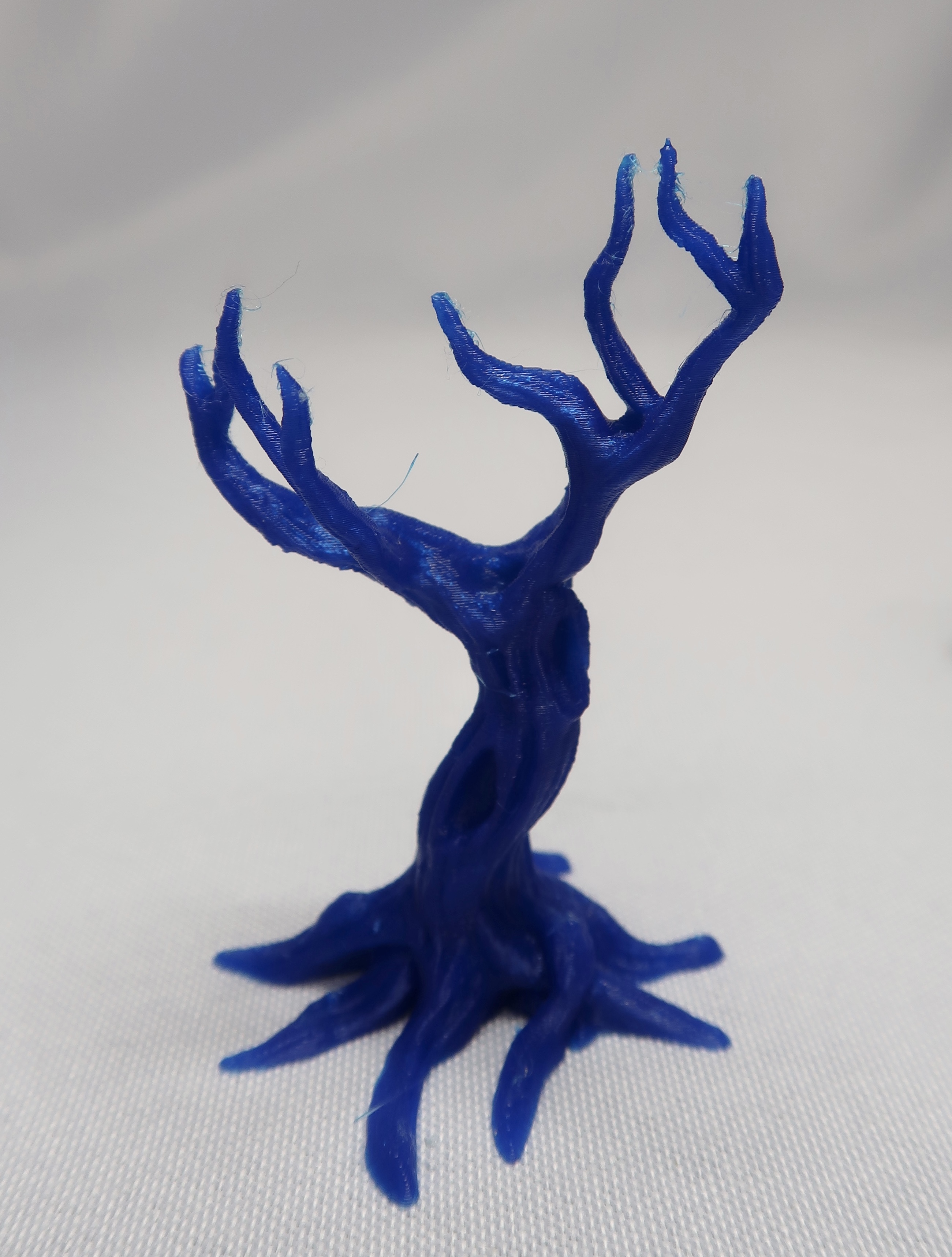
3D Printed Tree
Design
Once I had a good grasp of the 3D printing process, moved on to creating my own design to print. As I am a classical pianist, I was interested in creating a mini piano keyboard. I chose to model the keys from C to E to keep the design simple, and this involved designing each individual key (Figure 1) as well as a grid that holds the keys (Figure 2). To make the keyboard functional, I decided to incoporate buttons into the grid, so I created sockets that matched the size of the buttons as well as holes for the button prongs. I also included 0.8 mm indents in the bottom of the keys to minimize the bulging from the buttons without obstructing the pressing mechanism. You can interact with the full Fusion 360 model in Figure 3.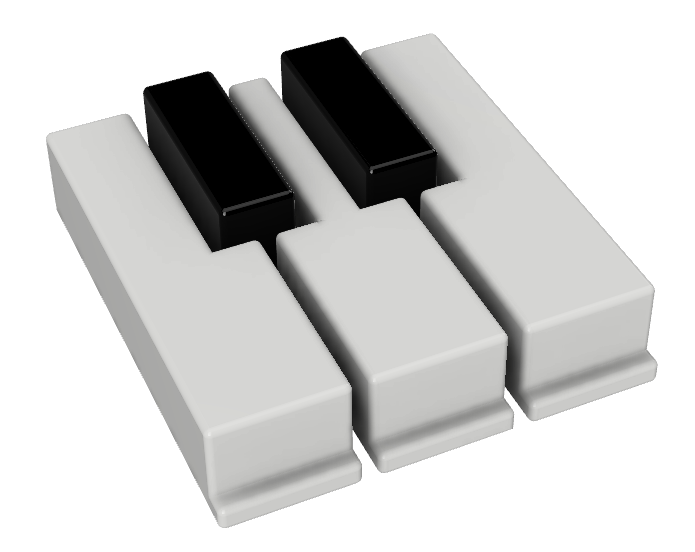
Figure 1. Piano Keys 3D Model
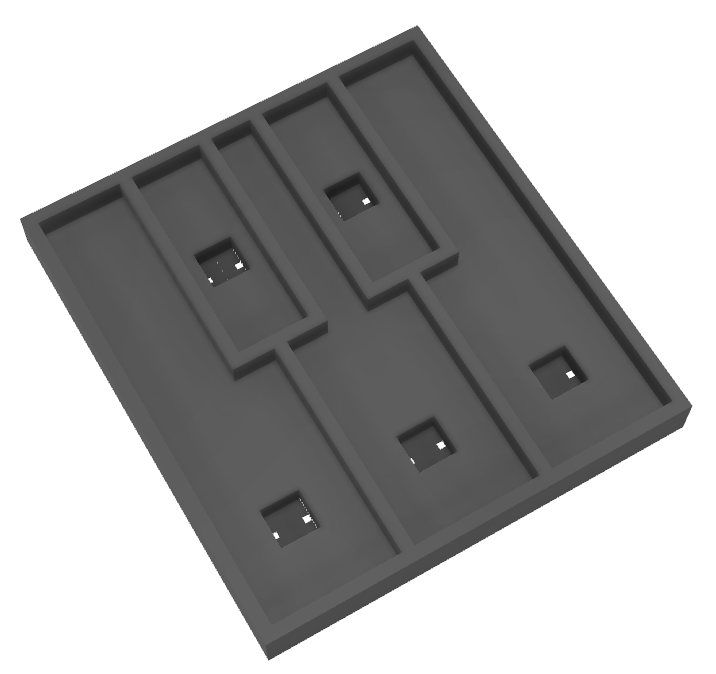
Figure 2. Piano Grid 3D Model
Figure 3. Interactive Fusion 360 Piano Model
File Download Links
Printing
The keys in the first printed iteration of the mini keyboard fit too snugly in the grid, which hindered the pressing action. This is because the keys were the exact size as their slots in the grid in my inital design. To give them a bit of wiggle room, I shaved off 0.1 mm from the perimeter of the keys. The final printed parts are shown below, with the white keys printed with white PLA and the black keys printed with black PLA to emulate an actual piano. I also inserted the buttons into their sockets in the grid as shown in the image.3D Printed Piano Parts
Final Project 3D Model
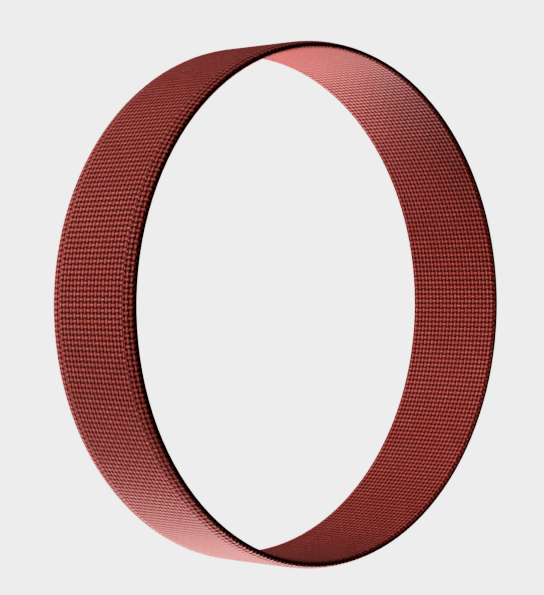
Knit Arm Band 3D Model
